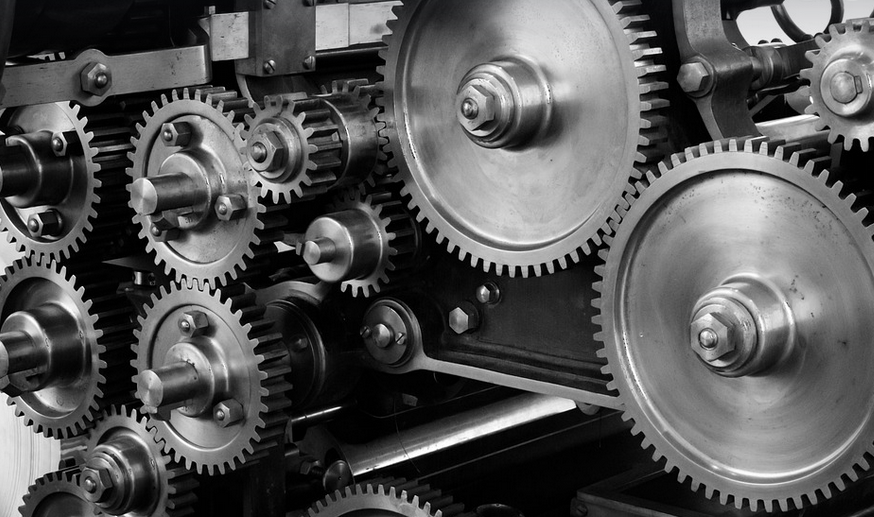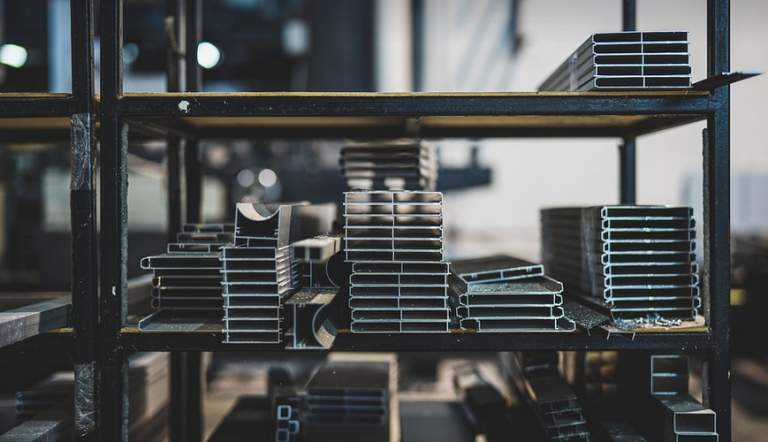
Understanding the Basics
Milling machines, those powerhouse tools that allow us to shape metal with precision, rely on a key feature for their versatility and accuracy – the power feed. This little marvel within the machine’s inner workings allows us to control material removal at varying speeds, ensuring smooth, consistent cuts.
Imagine trying to cut a piece of wood into a perfect shape by hand. It’d be slow, tedious, and prone to mistakes. Now imagine having a mechanism that can move a cutting tool across the board at precise increments, offering incredible control over your work. That’s essentially what the power feed offers.
The Power Feed’s Anatomy
Think of it like this: The power feed is essentially a miniature system responsible for moving the work piece or cutting tool along with a specific speed and direction. It comprises several key components working in perfect harmony, all orchestrated by an intricate network of gears, belts, and motors.
Firstly, you have the motor that drives the entire process. This powerhouse ensures consistent motion, allowing for repeatable, precise cuts over time. Next comes the spindle (or the cutting tool) itself, connected to a feed mechanism within the machine’s body. This mechanism is responsible for accurately translating the input from the motor into controlled movement.
Finally, we have the carriage or table that holds the work piece and moves along with the spindle. The power feed ensures smooth and consistent movements for you to create amazing works of art!
The Power Feed’s Influence on Your Work
So what exactly does this all mean for you, the one wielding those milling machine tools? The answer is simple: more control over your projects!
Let’s say you are crafting some intricate metalwork. With a power feed in place, you can move the work piece at specific speeds and increments, ensuring each cut is precise and consistent. This level of control is crucial for achieving those flawless details.
Take another scenario: You’re building a custom router table. Without a power feed, you’d be manually moving the router through a cut. This can be time-consuming and prone to mistakes, especially if you need many precise cuts in a row. A power feed comes in handy here, allowing for quicker and more accurate work.
Beyond Precision: The Benefits of Power Feeds
But the benefits go beyond just precision. A power feed can improve your milling machine’s overall efficiency:
**Increased Productivity:** By automating material removal and reducing manual labor, you save valuable time. Imagine a world where repetitive cuts are automated, allowing you to focus on more complex tasks that require creativity.
A Smooth Operator: The Importance of Maintenance
Just like any machine, the power feed needs regular maintenance for optimal performance. A well-maintained power feed ensures smoother operation, longer lifespan, and ultimately better results.
Regular lubrication, cleaning, and inspection will help keep this mechanical marvel functioning smoothly for years to come.
Power Feeds: The Ultimate Precision Companion
When you choose a milling machine, it’s important to consider the power feed system. It’s a hidden champion, bringing unmatched precision to your work and opening doors to new possibilities in crafting any project imaginable.


